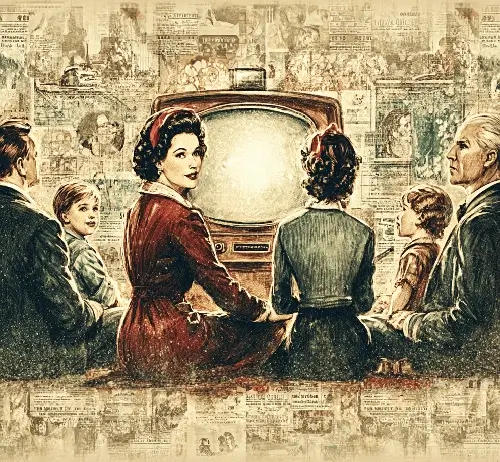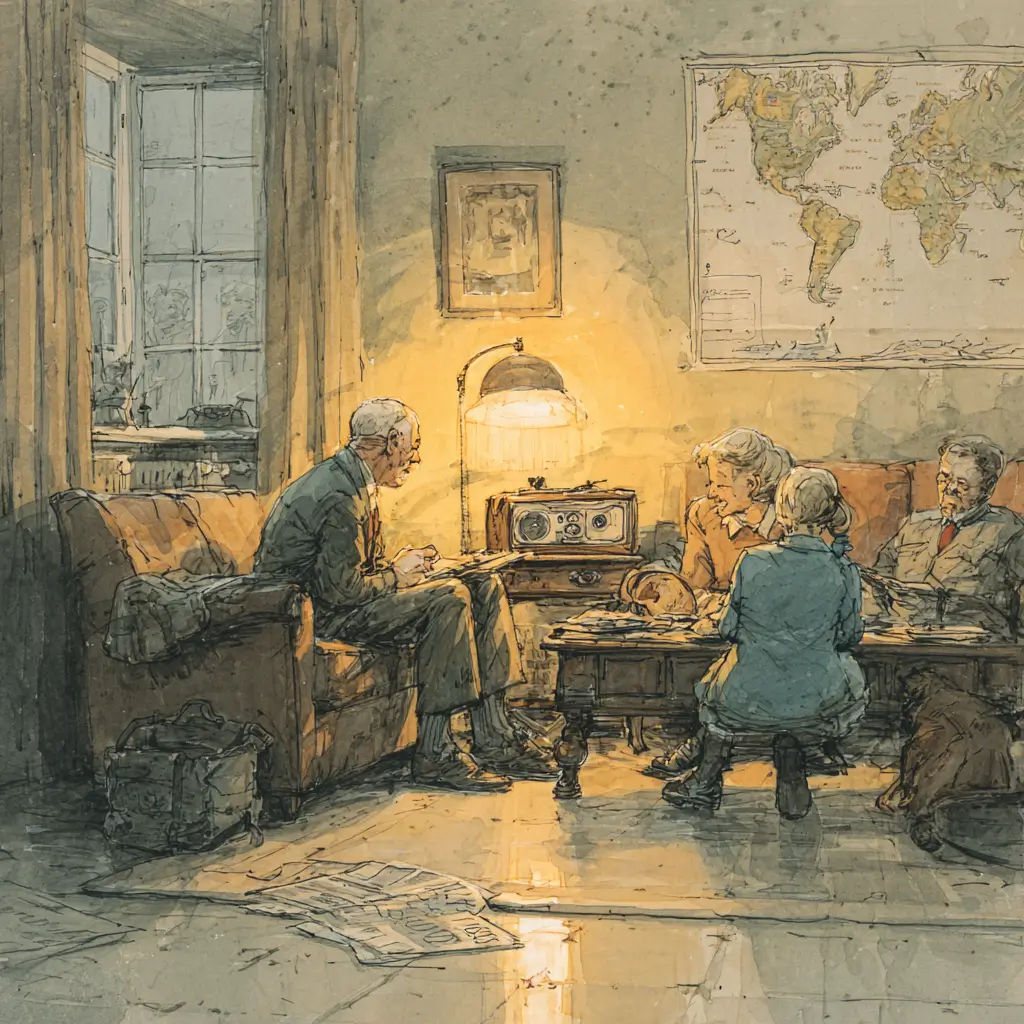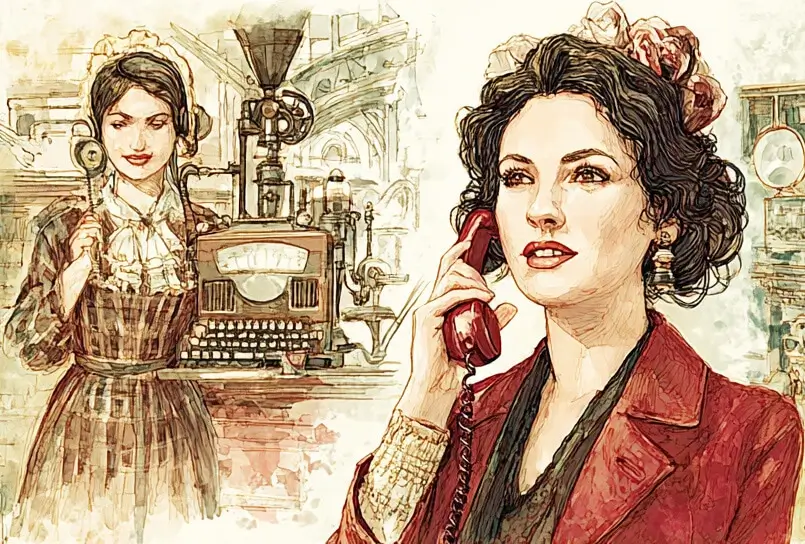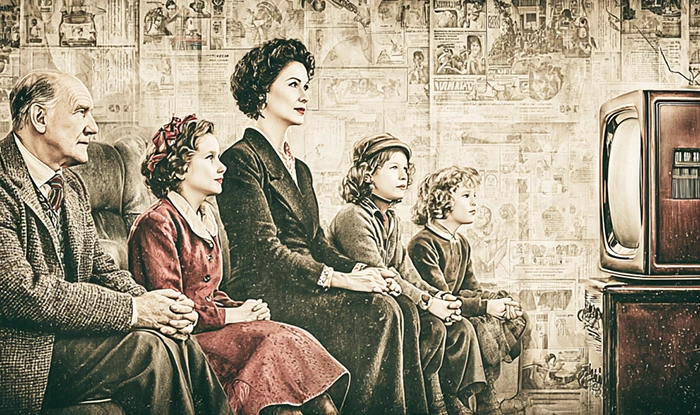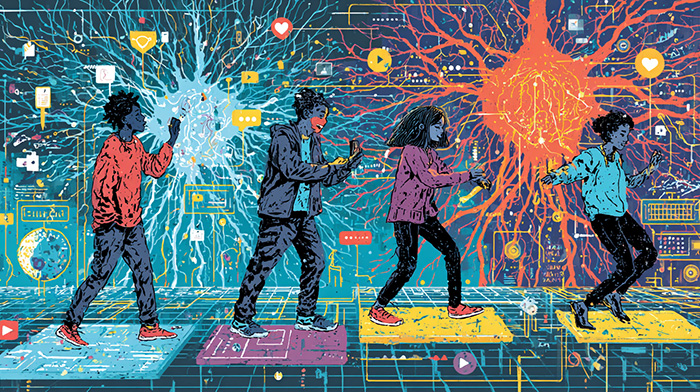The major breakthrough came with the invention of the telegraph in the 19th century. Samuel Morse came up with a brilliant idea: Morse code. This system caught on quickly because it allowed people to send out messages across long distances using just dots and dashes. People could finally reach out to family and friends who were on the other side of the country! The telegraph represented a turning point in human communication, as for the first time, messages could travel faster than a person could physically carry them.
Morse code brought about a revolution in communication that would shake up society completely. Businessmen could follow up on important deals without having to travel for weeks. Families who had moved away could check in with each other regularly. It was as if the world had suddenly shrunk down to a manageable size. Telegraph lines spread out across the continent, connecting cities and people in ways never seen before. Telegraph operators became essential figures in every town, as they were the ones who could sort out the technical aspects of sending and receiving messages.

